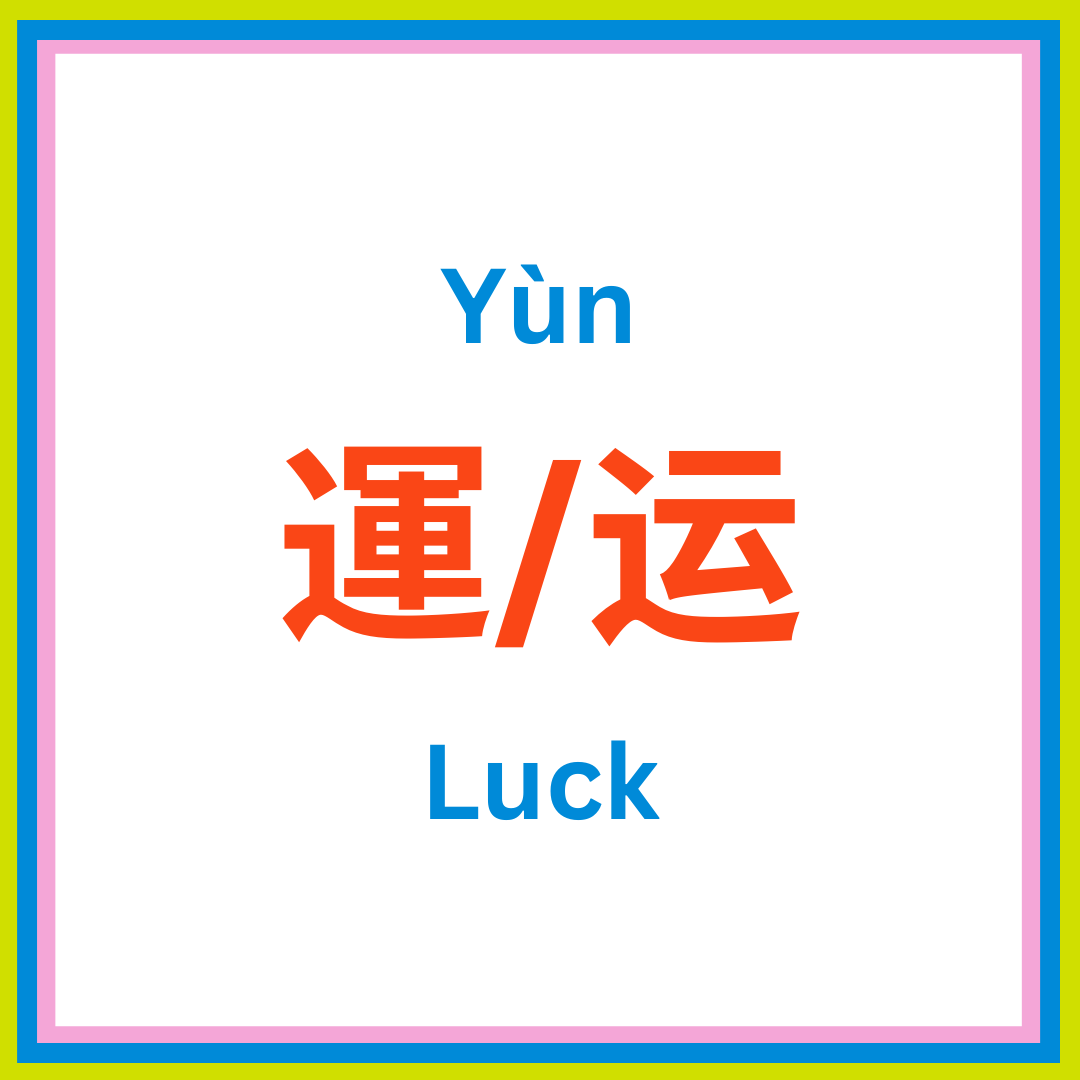Lunar New Year: How to change your luck?

The Lunar New Year Day falls around the end of January to the middle of February on the Gregorian calendar. Because it is based on an older and different calendar, the exact Lunar New Year Day, like Easter, varies from year to year on the Gregorian calendar. Preparation for the celebration begins about two weeks or more before and the season ends with the Lantern Festival arriving 15 days later. In total this winter holiday, which welcomes spring, lasts four to six weeks.
It is estimated that 20% of the global population participates in each Lunar New Year celebration. Also known as the Spring Festival, the occasion brings a significant economic spike to countries like China, Malaysia, Singapore, Taiwan, and Vietnam. During this festive period, people of Chinese heritage in various parts of the world, mainly but not exclusively in East Asia, participate in some joyous and colorful activities. Some of the typical activities include parades featuring dragon and lion dancing, and firecrackers, concerts and shows, and most importantly, banquets and dinner parties.

photo credit:flickr.com
At these large banquets and dinner parties which last hours, the guests can take over an hour to trickle in. What do people do during this waiting period? Play mahjong!

photo credit: pxhere.com
Lobbies of banquet halls and party rooms often have space for two to six mahjong tables to be set up. Banquet sizes start at certain lucky numbers of guests, such as 60 or 80 and sometimes as high as hundreds. Playing a session of a mahjong game is certainly more preferable than standing around awkwardly waiting for others to arrive. The clicking of the tiles, or the chittering of sparrows, adds to the warm, but noisome ambiance of the celebration. Since these games are mainly used to entertain waiting guests, players are expected to move along and rotate. Players are generally not expected to play a whole round. In fact, once the dinner begins and everyone is called to the dining room, it is considered bad manners to linger at the mahjong tables.
The Spring Festival welcomes the change of two seasons, from Winter to Spring. Hence, playing a game like Mahjong, where winds and seasons feature prominently, echoes this transition. The Chinese word for luck, yùn [運/运], is a pun on the word clouds yún [雲/云]. Just like the wind, luck is not something people can see. Being the visible sign of winds, moving clouds in Chinese, represent winds and therefore, luck. Playing mahjong involves winds which become visible and tangible, like East, South, West, and North tiles. The winds in the game change hands, change pairs, and thereby, change the game, and, the changing winds change the luck of the players. When players win or lose, the flow of luck changes as money changes hands.
In short, mahjong tables at Lunar New Year parties are exciting and joyful places for changing one’s luck for the new year and bringing new opportunities in business as well as personal goals.
Written by: Yvonne Wolf